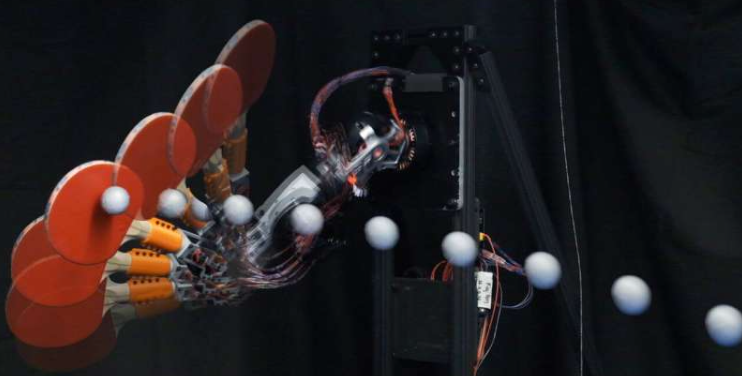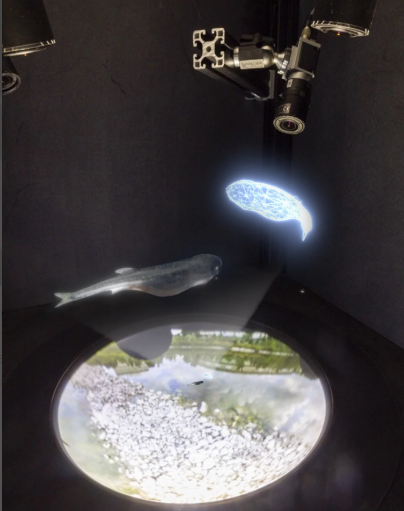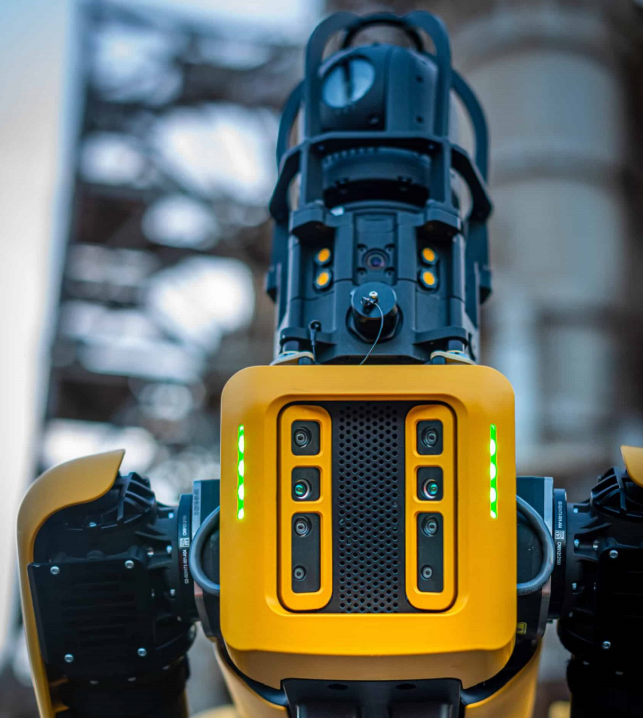
We’ve heard a lot about ChatGPT and generative AI, but there’s another side of AI that’s moving fast, which is, robots that can think and work on their own. These are smarter machines that can learn, make decisions, and adapt to their environment. And most of these machines are already making their presence felt in places like warehouses, factories, and even retail stores.
So What Makes These Robots Different?
The corporations are combining AI, machine learning, computer vision, and natural language processing with physical hardware. That means they can navigate rough environments, talk to people, and even assemble delicate parts. For instance, robots in warehouses can be seen avoiding obstacles, retail bots can answer customer questions, and humanoid robots that help with complex assembly work.
Why Is This Happening?
Companies are under pressure to keep up with demand, especially in areas like e-commerce and logistics. They also want to improve safety and get more done with fewer people, especially where there are worker shortages.
The global robotics market is growing fast. In 2024, it was valued at $53.2 billion. And that number could hit anywhere from $74 billion to over $90 billion by 2026, and possibly jump to $178.7 billion by 2033. That’s a massive jump in a short time.
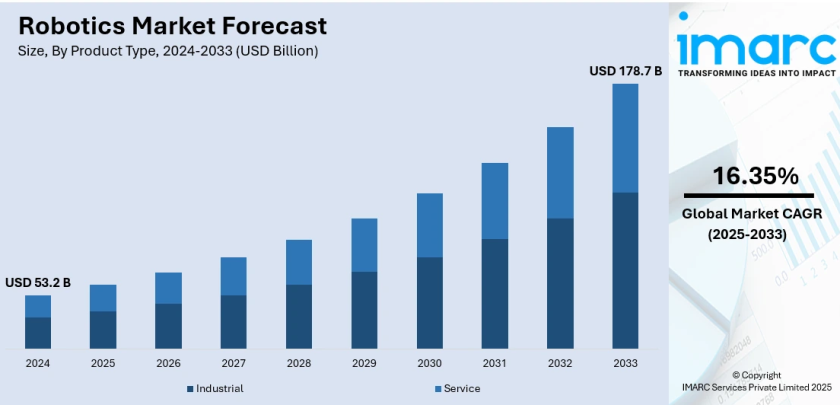
Who’s Leading the AI Robot Race?
Several companies are at the front of this shift.
- Boston Dynamics is one that gets a lot of attention, especially for robots like Spot (which inspects dangerous places) and Atlas (one of the most agile humanoids).
- Fanuc, based in Japan, focuses on robotic arms used for things like welding in auto factories.
- ABB, a company with roots in Switzerland and Sweden, makes AI-enabled robots that handle packaging and electronics assembly.
- Then there’s Agility Robotics with its bipedal robot, Digit. It’s designed to move around human spaces, making it a good fit for warehouses.
- Amazon’s actually testing Digit right now. Speaking of Amazon, they’ve rolled out over 750,000 robots in their warehouses. These bots handle everything from moving carts (Proteus) to picking up individual items (Sparrow) and stacking packages (Cardinal).
- Tesla’s also developing a humanoid robot called Optimus that might end up working in their factories.
Even companies that don’t build robots directly are playing a big role. NVIDIA, for instance, makes AI platforms like Isaac that power the brains of a lot of these machines. Their tech helps startups build smarter robots without starting from scratch.

Bots In The Real World
Amazon’s a good example of how this all plays out in the real world. Since 2019, their robot count has gone from 200,000 to 750,000. That’s helped speed up deliveries and improve efficiency. According to Morgan Stanley, this could save them about $10 billion a year by 2030.
But this brings up a big question, what about jobs? It’s complicated.
Robots are taking over repetitive roles like picking items in a warehouse, and Amazon’s total workforce has dropped a bit, from 1.6 million in 2021 to 1.5 million. Critics say that’s not a coincidence. A study from 2019 found that every industrial robot tends to replace about three human workers in manufacturing.
Different Kinds of Jobs Showing Up
At the same time, companies say they’re creating new jobs too. Amazon has trained over 300,000 employees since 2020 for roles like robotics techs and programmers, jobs that didn’t exist a decade ago. Plus, robots are helping lower injury rates by doing heavy lifting and repetitive tasks.
There’s also research from MIT suggesting that companies that adopt robots often grow and end up hiring more people overall, while companies that resist automation tend to fall behind and cut staff. So it’s not just about jobs disappearing, it’s also about different kinds of jobs showing up.
AI Robots in Japan help deal with aging populations and labor shortages.
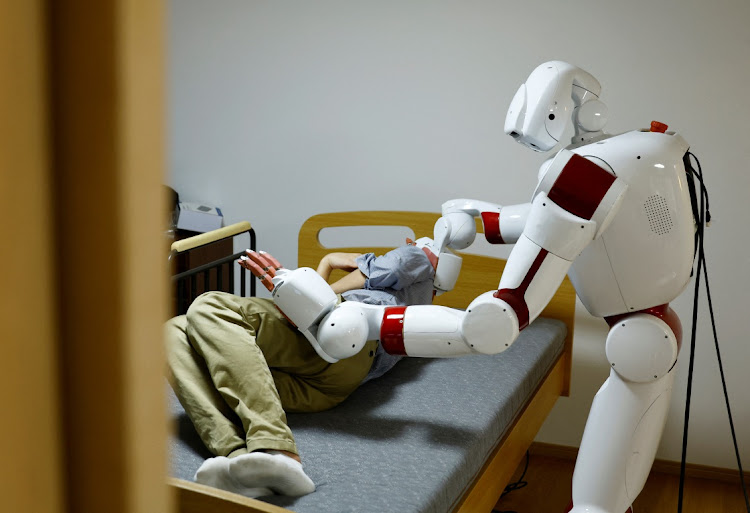
Takeaway
AI robots are here, they’re getting smarter, and they’re not going away. This isn’t something we can hit pause on. So the idea is to help people in understanding the coexistence of humans and machines.
The idea is to make the machines do dull, repetitive stuff, and free up humans to do the kind of work that actually needs creativity & judgment.
Source: Forbes

